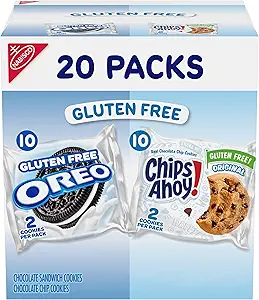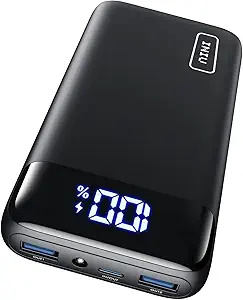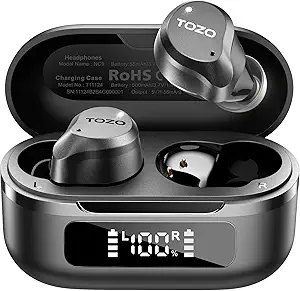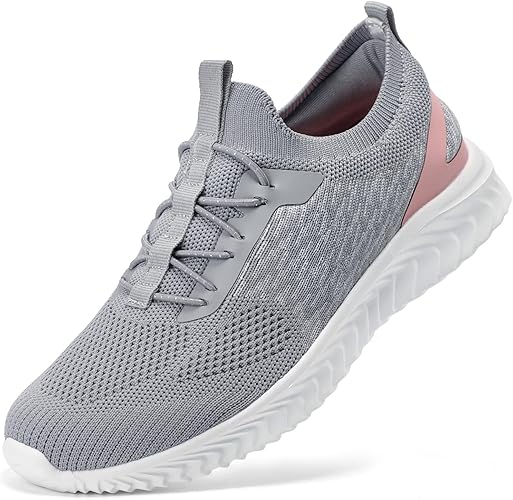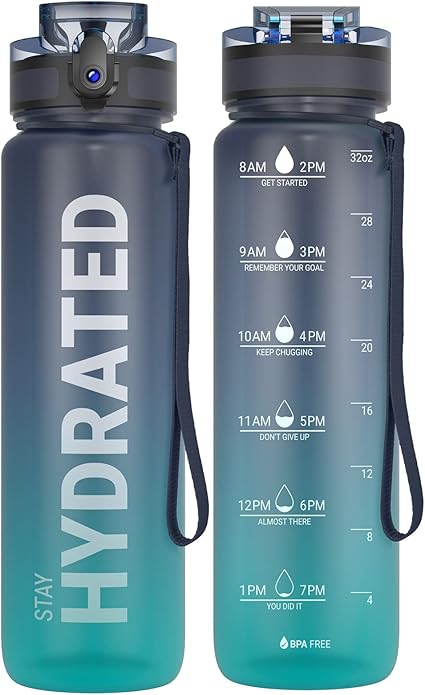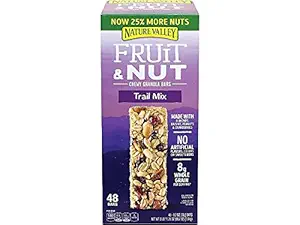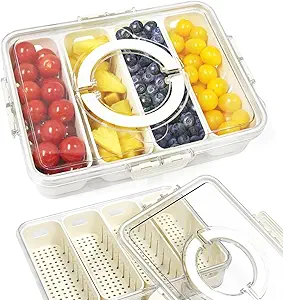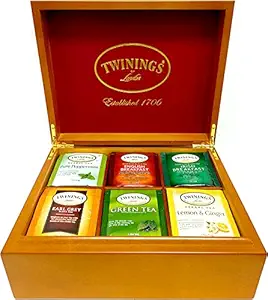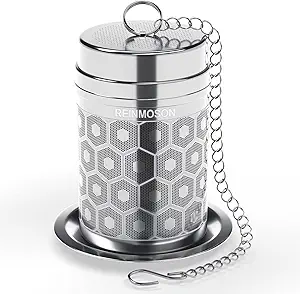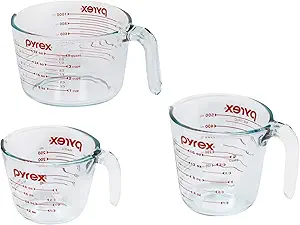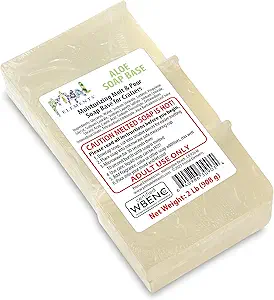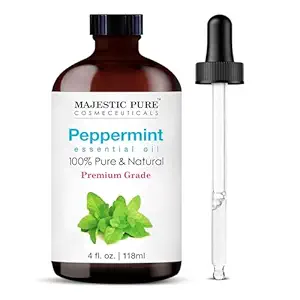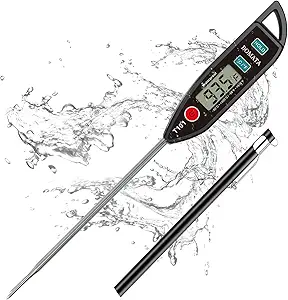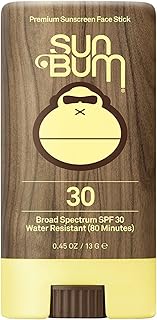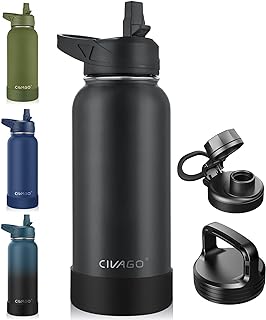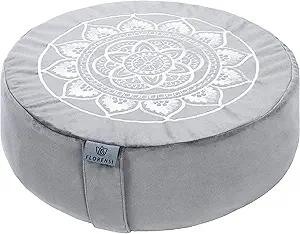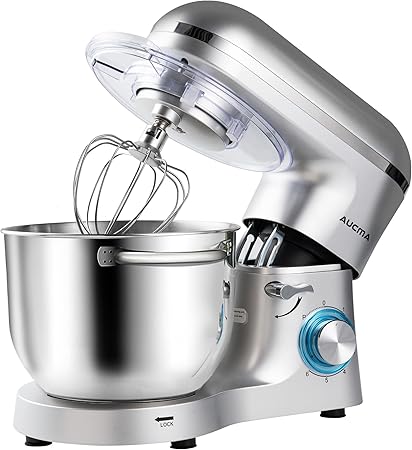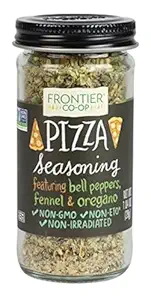Why Americans Are Turning to Functional Foods in 2025
Introduction: A Shift in the American Diet
In 2025, America’s relationship with food looks drastically different than it did just a decade ago. Consumers are no longer eating just to satisfy hunger — they’re eating with purpose. Whether it’s improving gut health, boosting immunity, or enhancing mental clarity, Americans are increasingly turning to functional foods to fuel their lifestyles.
From probiotic yogurts and collagen-infused drinks to adaptogen-laced coffees and nutrient-packed snack bars, the demand for foods that “do more” has exploded. This shift isn’t just a passing fad — it’s a reflection of a deeper change in how Americans think about health, longevity, and the role nutrition plays in daily life.
So, what’s driving this surge? Let’s explore the major trends, motivations, and innovations behind the functional food revolution of 2025.
1. What Exactly Are Functional Foods?
Functional foods are foods that provide health benefits beyond basic nutrition. They go beyond calories and macronutrients — offering added vitamins, minerals, probiotics, antioxidants, or bioactive compounds that support specific health functions.
Some examples include:
-
Yogurt with live probiotic cultures for gut health
-
Fortified plant milks enriched with calcium and vitamin D
-
Cereals infused with omega-3 fatty acids
-
Mushroom-based coffee blends for focus and immunity
-
Collagen protein powders for joint and skin health
In essence, functional foods blur the line between nutrition and medicine, creating a bridge between wellness and convenience.
2. The Rise of Preventive Health Culture
The COVID-19 pandemic sparked a long-lasting health consciousness among Americans. Instead of waiting for illness to strike, more people are now focused on preventing disease through nutrition.
Preventive health has become mainstream — and food is at the center of it. According to a 2025 Mintel survey, over 68% of Americans say they now seek foods that support immune health, digestion, or mental performance.
Key motivators include:
-
Avoiding chronic diseases like diabetes and hypertension
-
Reducing reliance on pharmaceuticals
-
Supporting long-term energy and vitality
-
Promoting mental resilience in stressful times
This focus on “food as medicine” is pushing both consumers and food manufacturers toward innovation — functional ingredients are now a priority in nearly every new product launch.
3. The Gut-Health Revolution
If there’s one trend that defines functional food in 2025, it’s gut health. Americans are learning that digestive wellness affects everything from immunity to mood and weight management.
The gut microbiome — once a niche scientific topic — has entered the mainstream conversation. Foods rich in probiotics (live bacteria) and prebiotics (fiber that feeds gut bacteria) are dominating grocery shelves.
Popular gut-friendly choices include:
-
Kefir and Greek yogurt
-
Kombucha and fermented teas
-
Kimchi, sauerkraut, and miso
-
Chicory root, bananas, and oats for prebiotics
Brands are now marketing their products with clear gut-health benefits, turning digestive wellness into a lifestyle choice rather than a clinical concern.
4. Mental Wellness and “Mood Foods”
In 2025, mental health awareness is stronger than ever, and Americans are exploring how diet affects emotional well-being. Enter the era of “mood foods” — functional foods that claim to boost serotonin, reduce stress, and support focus.
Ingredients like ashwagandha, L-theanine, magnesium, and omega-3s are appearing in beverages, protein bars, and snacks marketed toward stress relief and calmness.
Some of the top products in this category include:
-
Adaptogenic teas with Rhodiola or Lion’s Mane
-
Brain-boosting smoothies with MCT oil and choline
-
Mood-enhancing chocolates rich in flavonoids and magnesium
Americans are finding comfort in the idea that small, mindful choices — like choosing the right snack or morning drink — can influence their mood and mental performance.
5. The Protein Evolution
Protein remains king in American diets, but the type of protein people are consuming has evolved. In 2025, the focus is on clean, functional, and sustainable protein sources.
Consumers are shifting toward:
-
Plant-based proteins (pea, hemp, quinoa, lentil)
-
Collagen peptides for joint, skin, and muscle support
-
Mushroom and algae proteins for eco-conscious eaters
Even meat eaters are seeking functional meats — products fortified with omega-3s or produced from animals fed specialized diets. Protein bars, shakes, and snacks now double as functional tools for energy, recovery, and anti-aging.
6. Beauty From Within: The Rise of “Nutricosmetics”
Beauty and nutrition have officially merged. Americans are turning to functional foods that enhance skin, hair, and nails from the inside out.
This “beauty-from-within” trend includes:
-
Collagen-infused waters and powders
-
Hyaluronic acid gummies
-
Zinc and biotin-enriched beverages
-
Antioxidant-rich berry blends
Social media influencers and skincare brands have amplified this movement, framing diet as the foundation of appearance. Functional beauty foods are now staples in daily routines, often replacing traditional supplements.
7. Tech Meets Nutrition: Smart Functional Foods
Technology is transforming how Americans approach nutrition. In 2025, AI-powered nutrition apps and wearable health trackers are helping people tailor functional food choices to their personal data.
Imagine an app that analyzes your sleep quality, stress levels, and nutrient deficiencies — then recommends foods to balance your needs. This personalization has made functional eating more strategic than ever.
Functional food brands are also leveraging AI-driven R&D to create formulations that deliver measurable results, like better sleep or increased focus.
8. Sustainability and Ethical Sourcing
Health-conscious consumers are also eco-conscious. Many Americans choosing functional foods are equally concerned about the environmental footprint of what they eat.
They look for:
-
Locally sourced ingredients
-
Regenerative farming practices
-
Minimal packaging and carbon-neutral production
-
Ethically sourced superfoods like cacao and spirulina
This intersection of health and sustainability is shaping a new wave of responsible functional food brands that promote both personal wellness and planetary health.
9. Functional Beverages: The Next Big Thing
While functional snacks and meals are growing, the biggest boom is in the functional beverage market. Americans are sipping their way to better health with drinks that promise more than hydration.
Popular beverage categories include:
-
Energy-boosting mushroom coffees
-
Hydration drinks with electrolytes and adaptogens
-
CBD-infused waters for relaxation
-
Sleep elixirs with melatonin and chamomile
-
Green juices with spirulina and moringa
Functional beverages fit seamlessly into the on-the-go American lifestyle, offering instant health benefits in convenient packaging.
10. Generational Influences: Millennials and Gen Z Lead the Charge
Younger generations are driving the functional food boom. Millennials and Gen Z consumers are digital natives, constantly exposed to wellness trends through social media and influencer marketing.
Their priorities include:
-
Transparency in ingredients and sourcing
-
Personalization through data and AI nutrition
-
Sustainability as a purchasing motivator
-
Convenience without sacrificing nutrition
For these consumers, food is not just fuel — it’s identity and empowerment. Brands that align with their values are winning their loyalty and social media advocacy.
11. The Economic Side: Are Functional Foods Worth the Price?
While functional foods are often more expensive than conventional ones, many Americans view them as long-term health investments.
The mindset is shifting from “cheap and fast” to “smart and beneficial.” Consumers are spending more on:
-
High-quality supplements and superfoods
-
Fresh, minimally processed functional products
-
Personalized nutrition subscriptions
With chronic disease and healthcare costs on the rise, Americans see functional foods as a proactive approach to maintaining wellness and reducing future expenses.
12. The Role of Big Brands and Startups
Major corporations and emerging startups alike are capitalizing on this booming sector. Giants like Nestlé, PepsiCo, and Danone are launching functional product lines, while startups are experimenting with AI, biotechnology, and ancient superfoods.
For instance:
-
PepsiCo’s Driftwell promotes relaxation with magnesium and L-theanine.
-
Nestlé’s Mindful Chef offers meal kits focused on gut and brain health.
-
Startups like Rebbl and Four Sigmatic are pioneering adaptogenic drinks.
This blend of innovation and accessibility ensures functional foods are no longer niche — they’re mainstream.
13. Regulatory Challenges and Consumer Trust
With rapid growth comes scrutiny. The FDA continues to refine guidelines for labeling and health claims, ensuring that “functional” doesn’t become another marketing buzzword.
Consumers are demanding transparency, scientific validation, and clear labeling. Brands that can back their claims with evidence are thriving, while others face skepticism.
Educated consumers are now checking ingredient lists, researching scientific studies, and choosing brands that prioritize honesty and integrity.
14. The Future: What’s Next for Functional Foods?
As technology, sustainability, and nutrition science advance, the next generation of functional foods will likely include:
-
Microbiome-personalized meals
-
AI-created nutrient blends
-
Lab-grown superfoods
-
DNA-based diet customization
The future of food is personal, data-driven, and rooted in science. Americans are not just eating to live — they’re eating to optimize every aspect of their lives.
Conclusion: The Functional Food Revolution Is Here to Stay
In 2025, Americans are embracing a new food philosophy — one that blends wellness, sustainability, and innovation. Functional foods represent more than a dietary trend; they symbolize a cultural shift toward conscious, empowered eating.
As science continues to uncover the links between nutrition and well-being, this movement will only deepen. Whether it’s through a probiotic smoothie, an adaptogenic snack, or AI-personalized meal plans, Americans are redefining what it means to eat for health.
Functional foods are not just the future of nutrition — they’re the future of how America eats, lives, and thrives.

